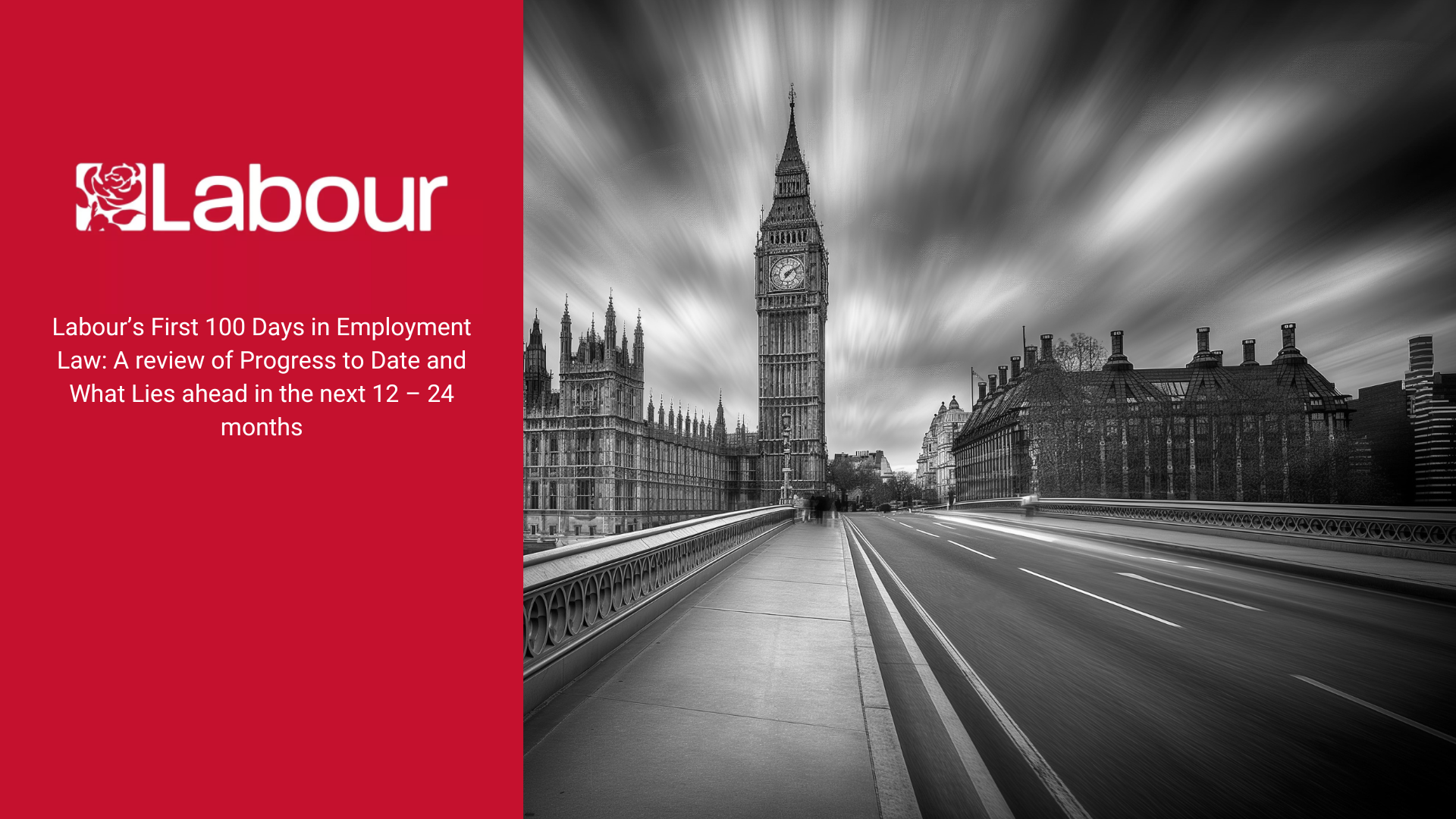Employment status in the gig economy: government response to Taylor review
On 9 February the government finally published its response to last year’s Taylor Review of Modern Working Practices (the Taylor review) which looked at the gig economy and how new ways of working were affecting workers’ rights.
However, the response doesn’t suggest any immediate or radical changes. There will now be a period of further consultation about possible changes to the law lasting until May/June this year.
In general, the government proposes measures to increase workers’ rights, educate the public about those rights and take more action against employers who breach those rights, including:
- day-one rights for all workers, including casual and zero-hours workers, an itemised payslip and the right to request a “more stable” contract;
- providing clearer financial information to agency workers;
- developing an online tool to determine employment status;
- reviewing the redundancy legislation in relation to pregnancy and maternity; and
- introducing tougher enforcement measures and penalties for employers who breach existing employment protections.
Employment status
Given all the well publicised litigation regarding workers in the gig economy, perhaps the most widely anticipated changes suggested in the Taylor review are in relation to employment status.
In its response, the government has acknowledged it should be easier for individuals and businesses to determine whether someone is an employee, a worker, or self-employed, and that it is committed to improving clarity and certainty in this area. However, the changes proposed in the Taylor review require significant changes to the law and this will require further consultation and examination if they are to be successful.
The government has said it will,
“explore the best way to improve clarity for those on the boundary between employment and self employment, including options for legislative reform.”
In other words, “watch this space” – but don’t hold your breath!











